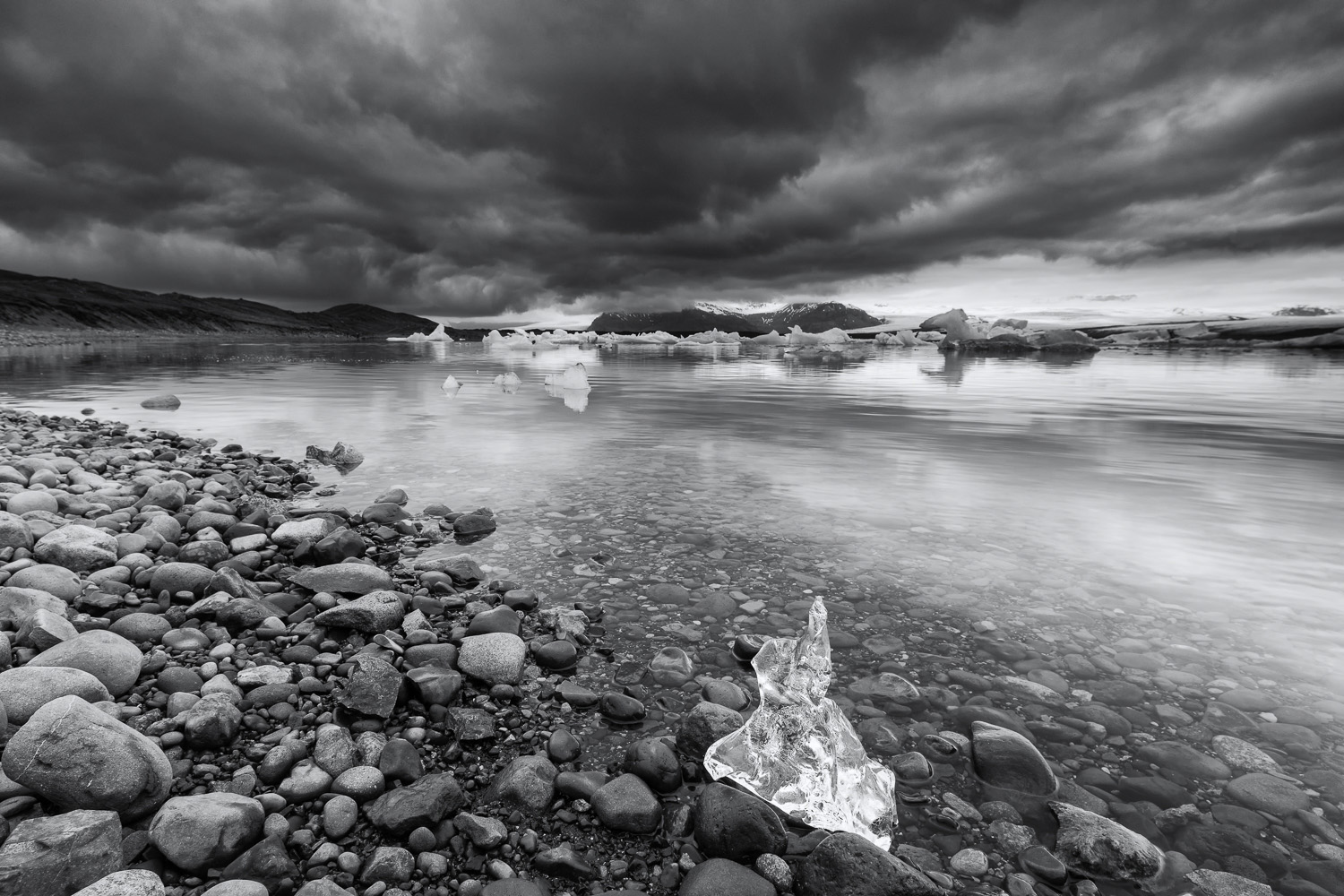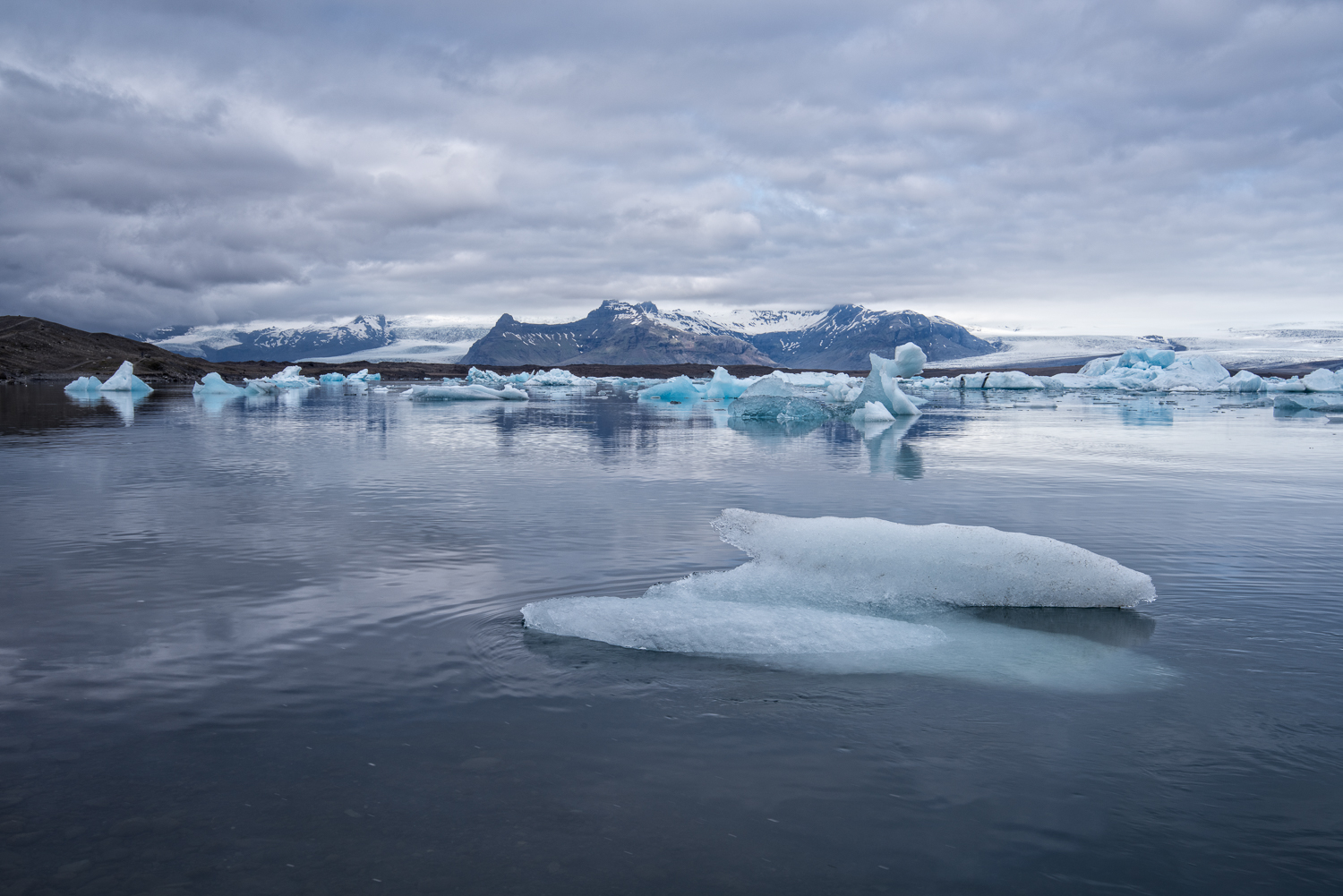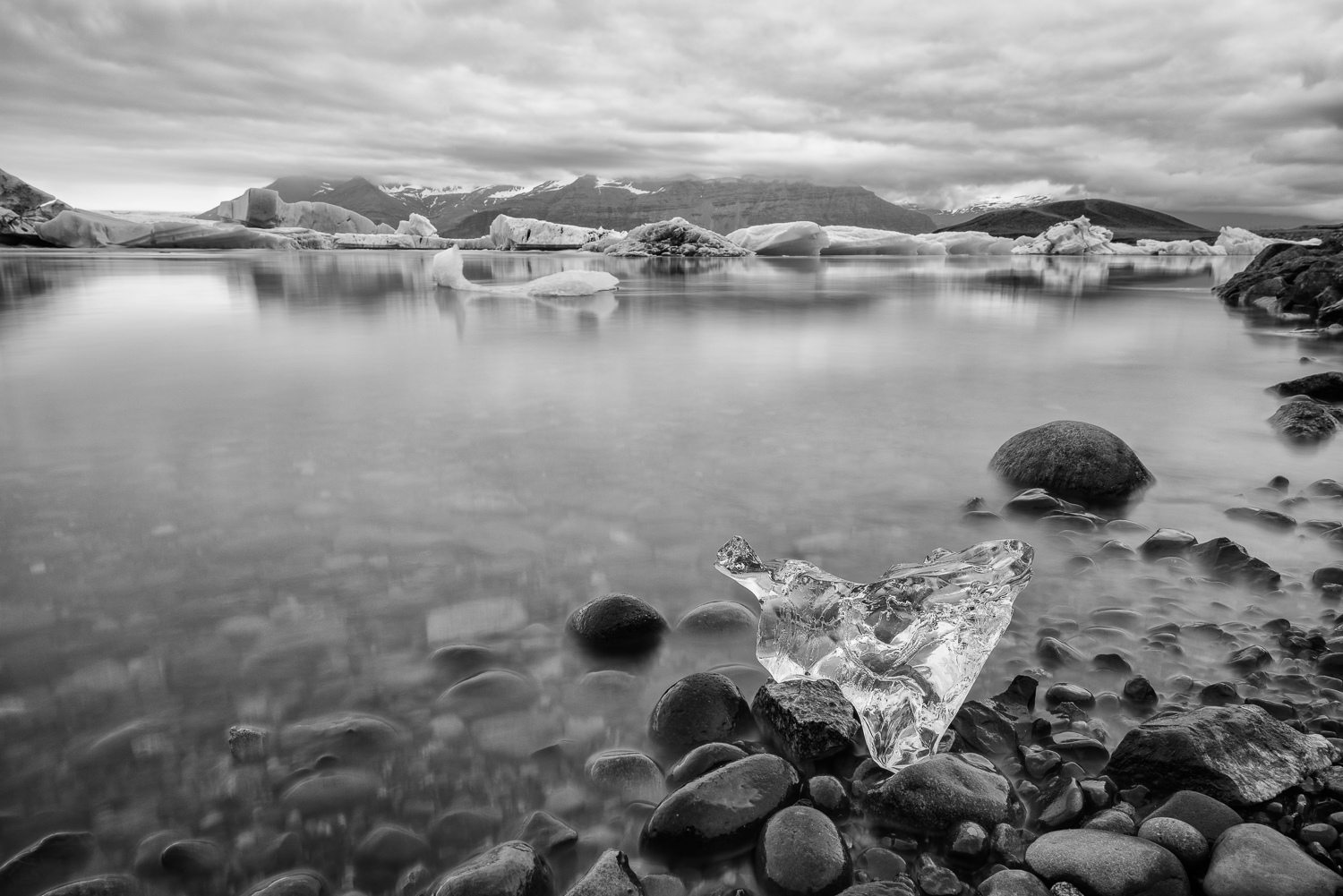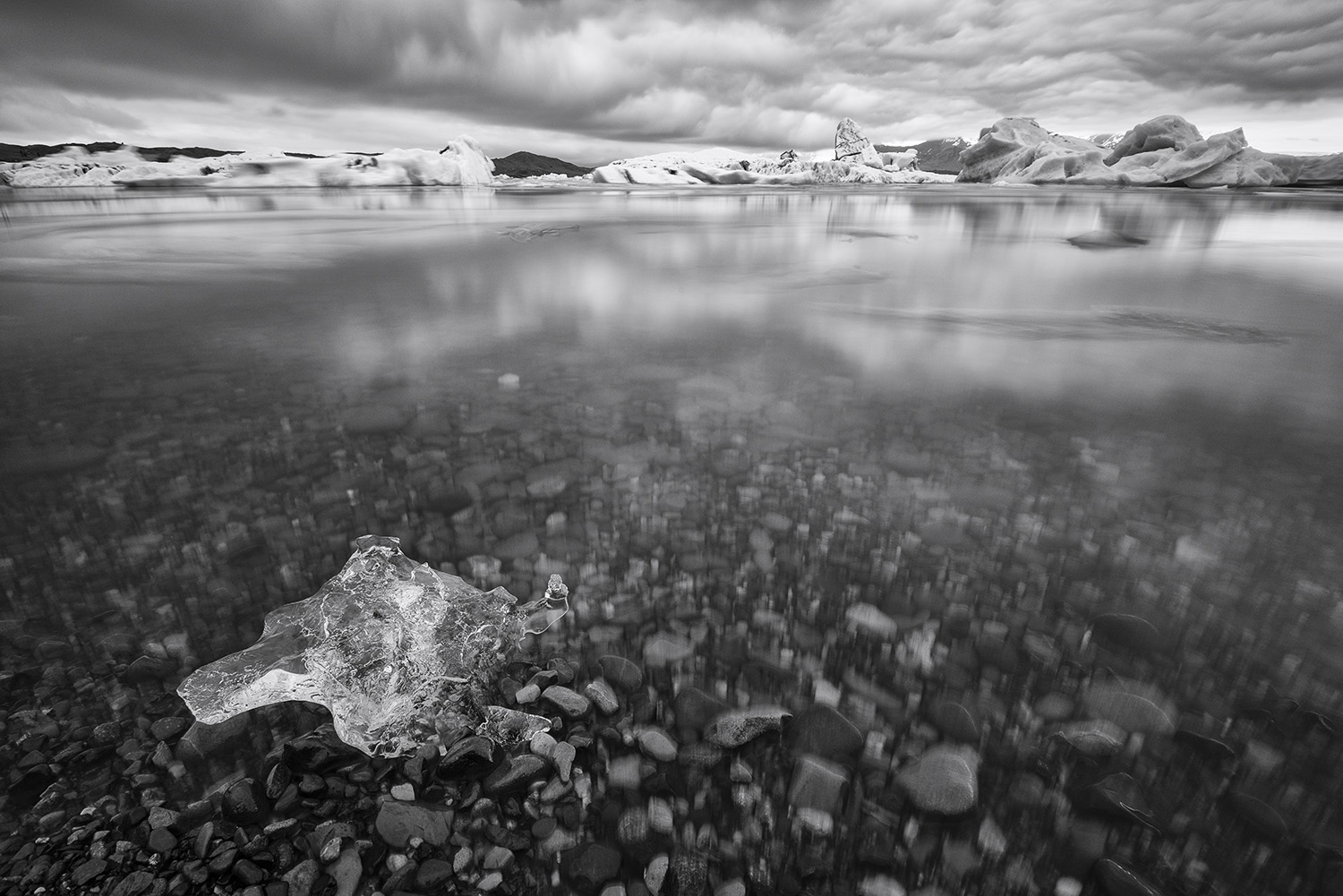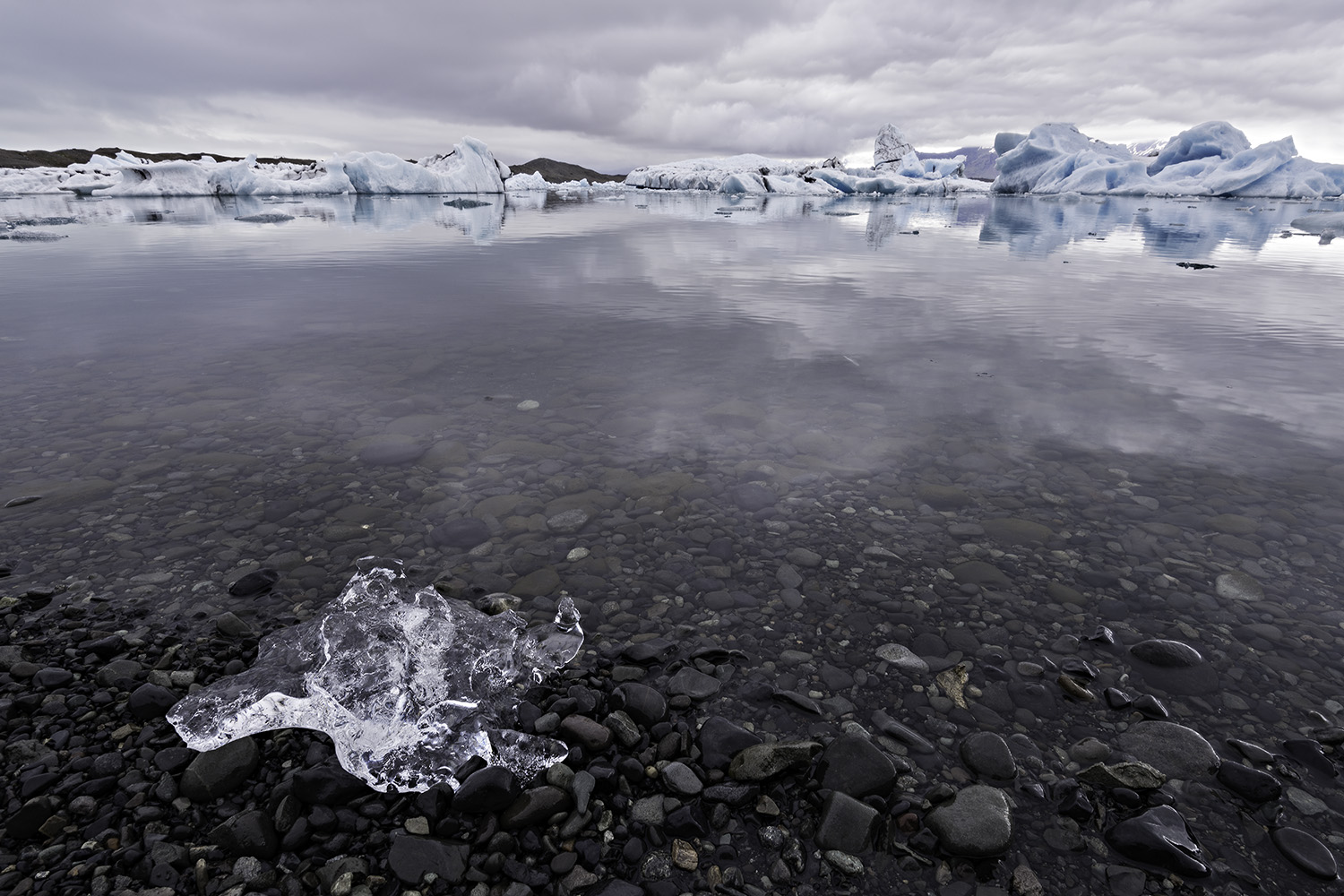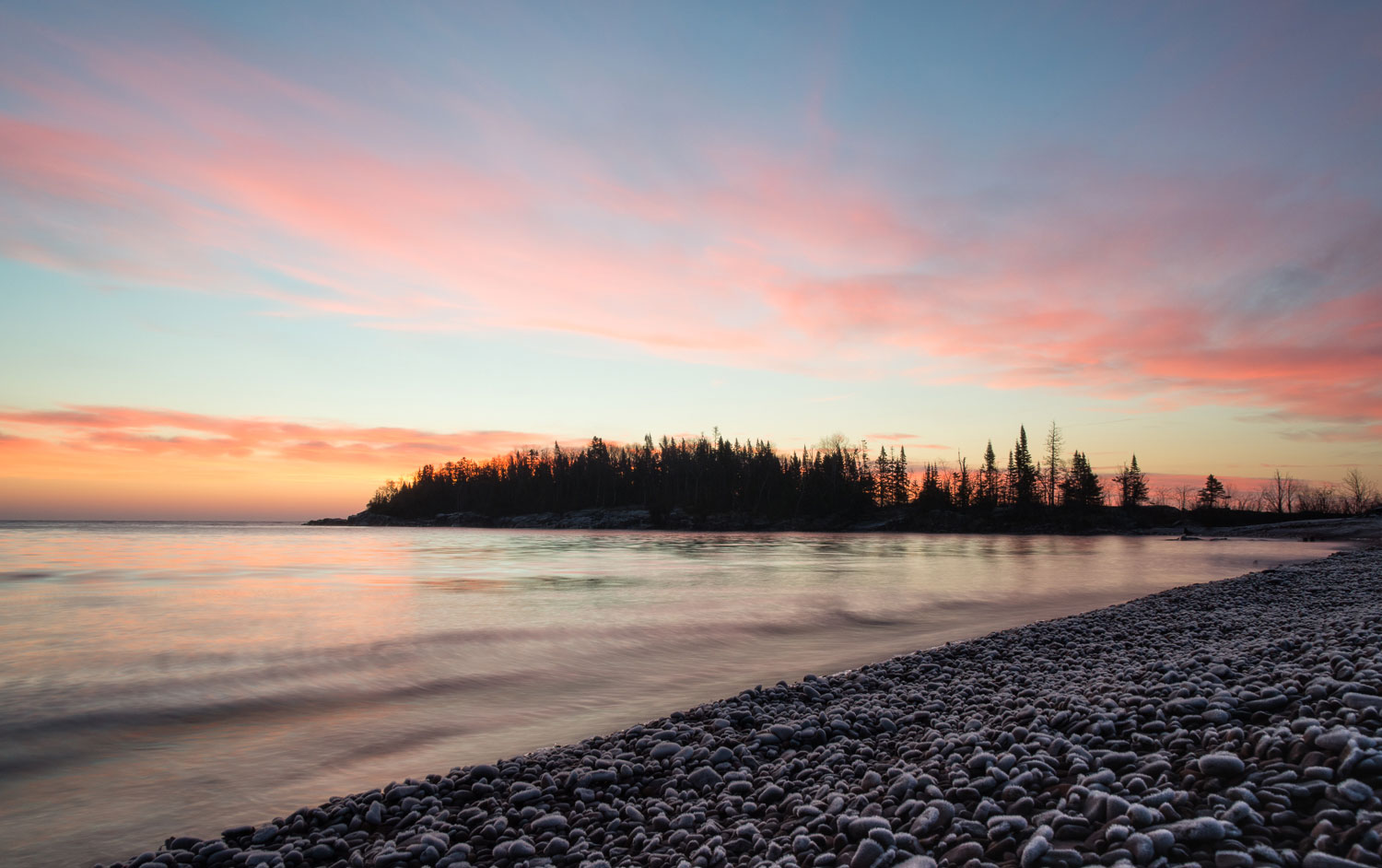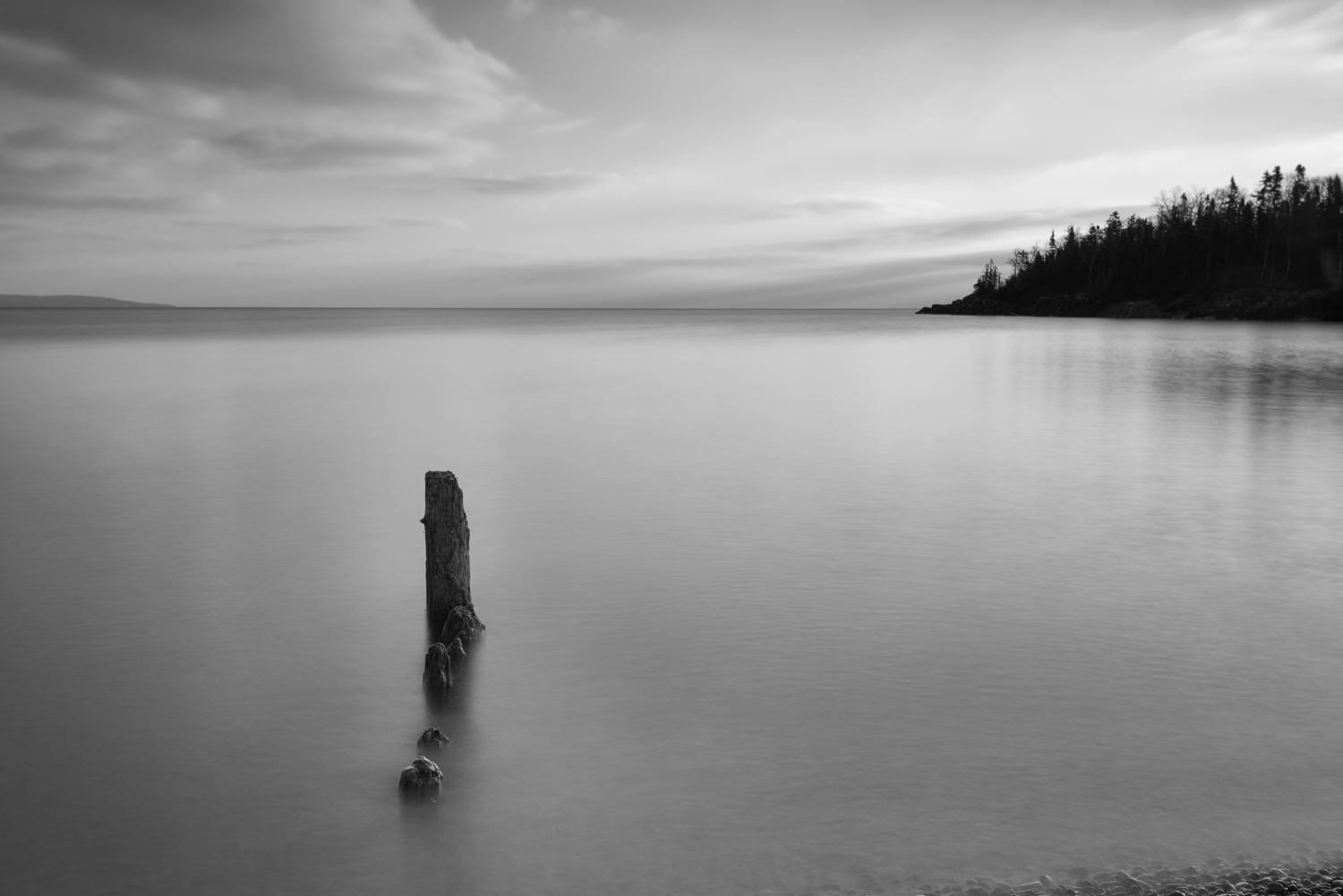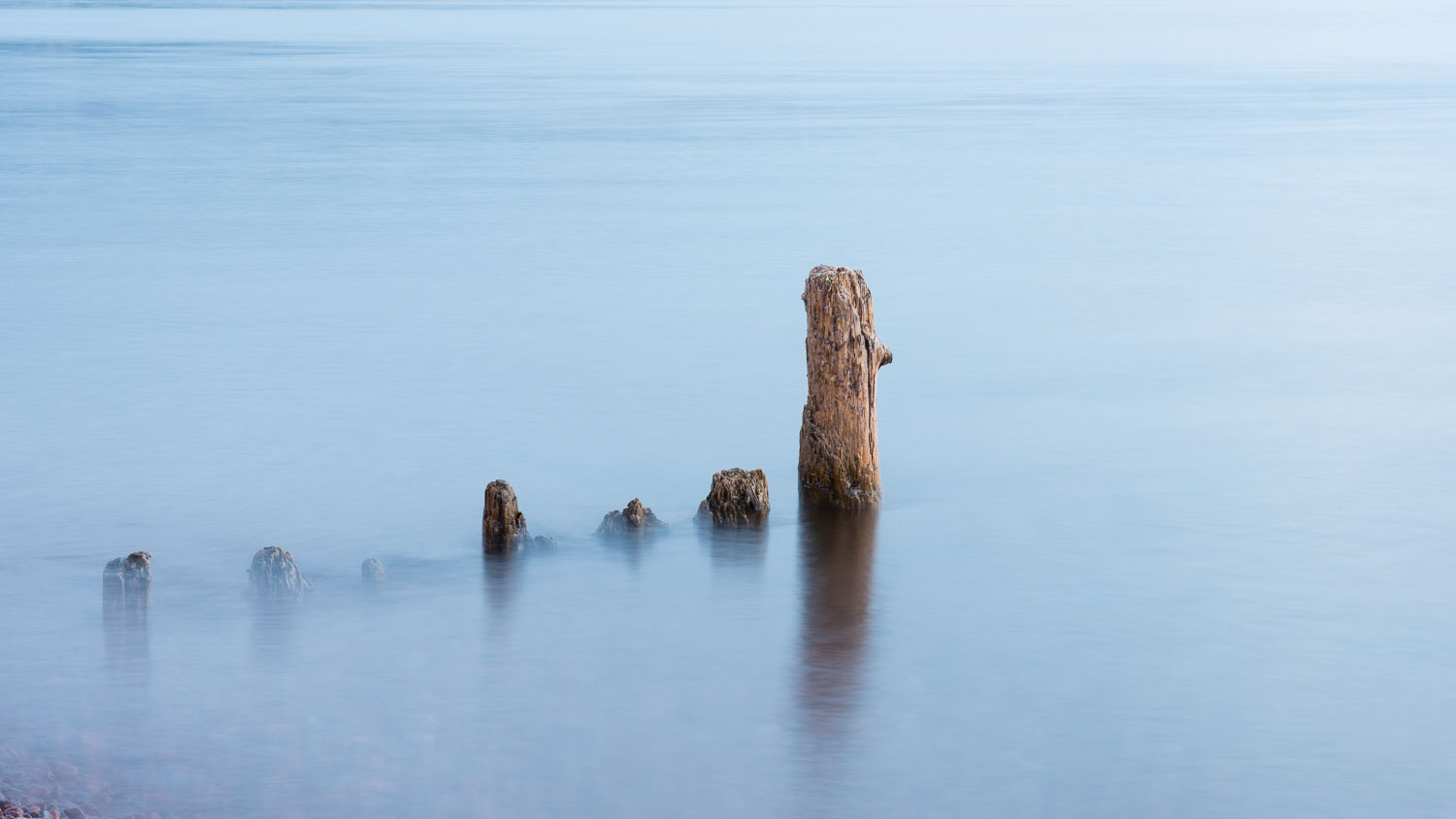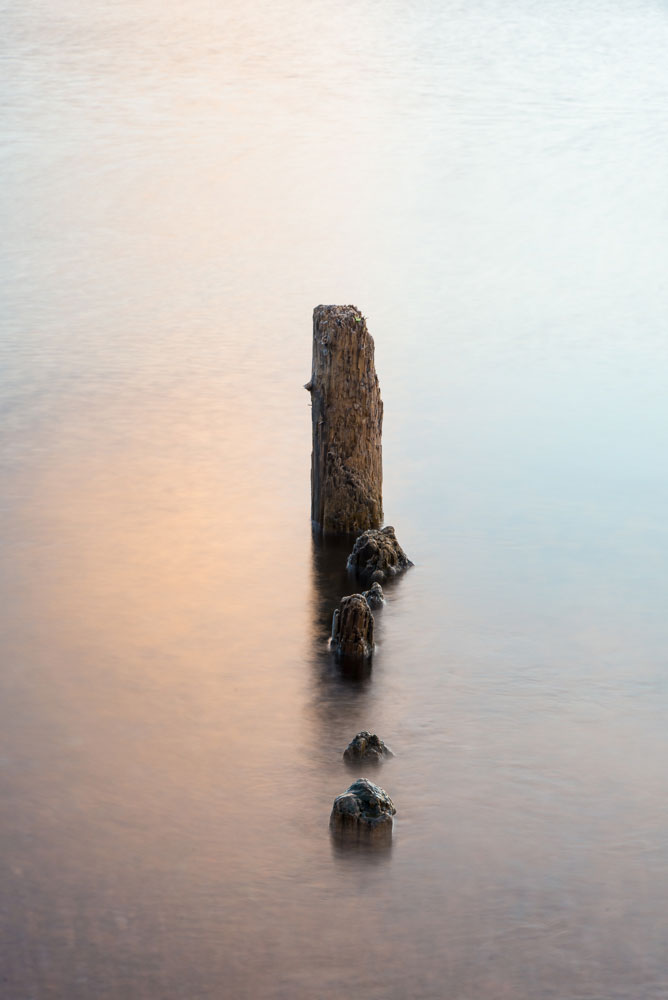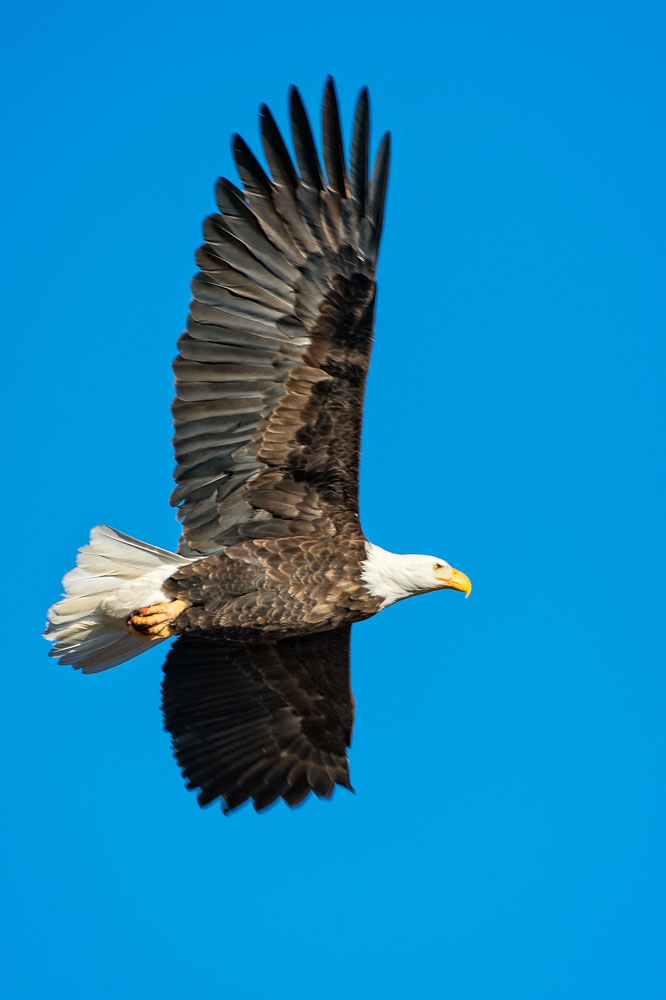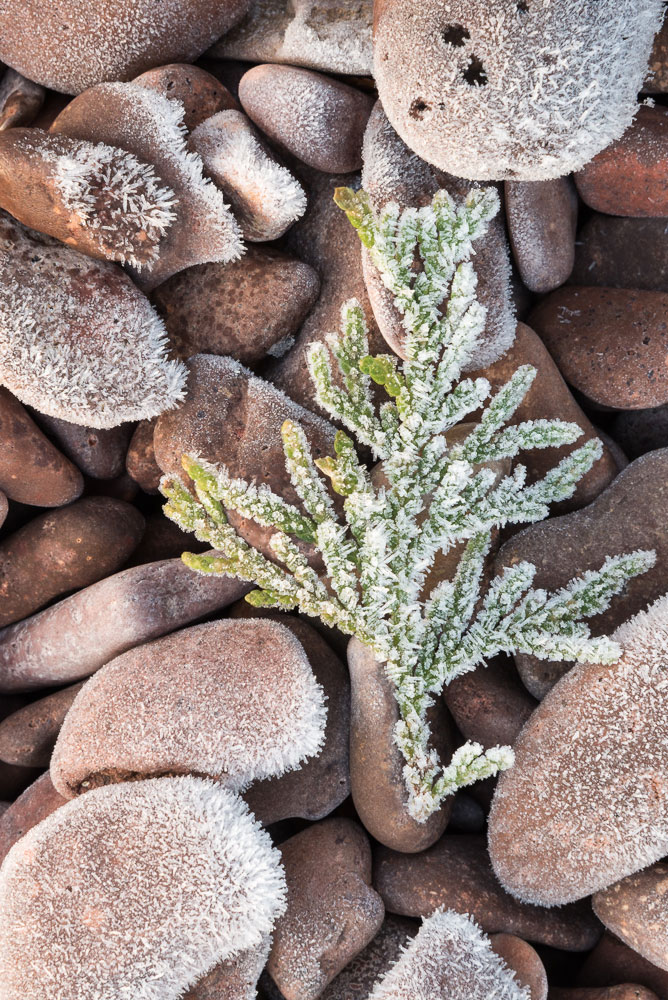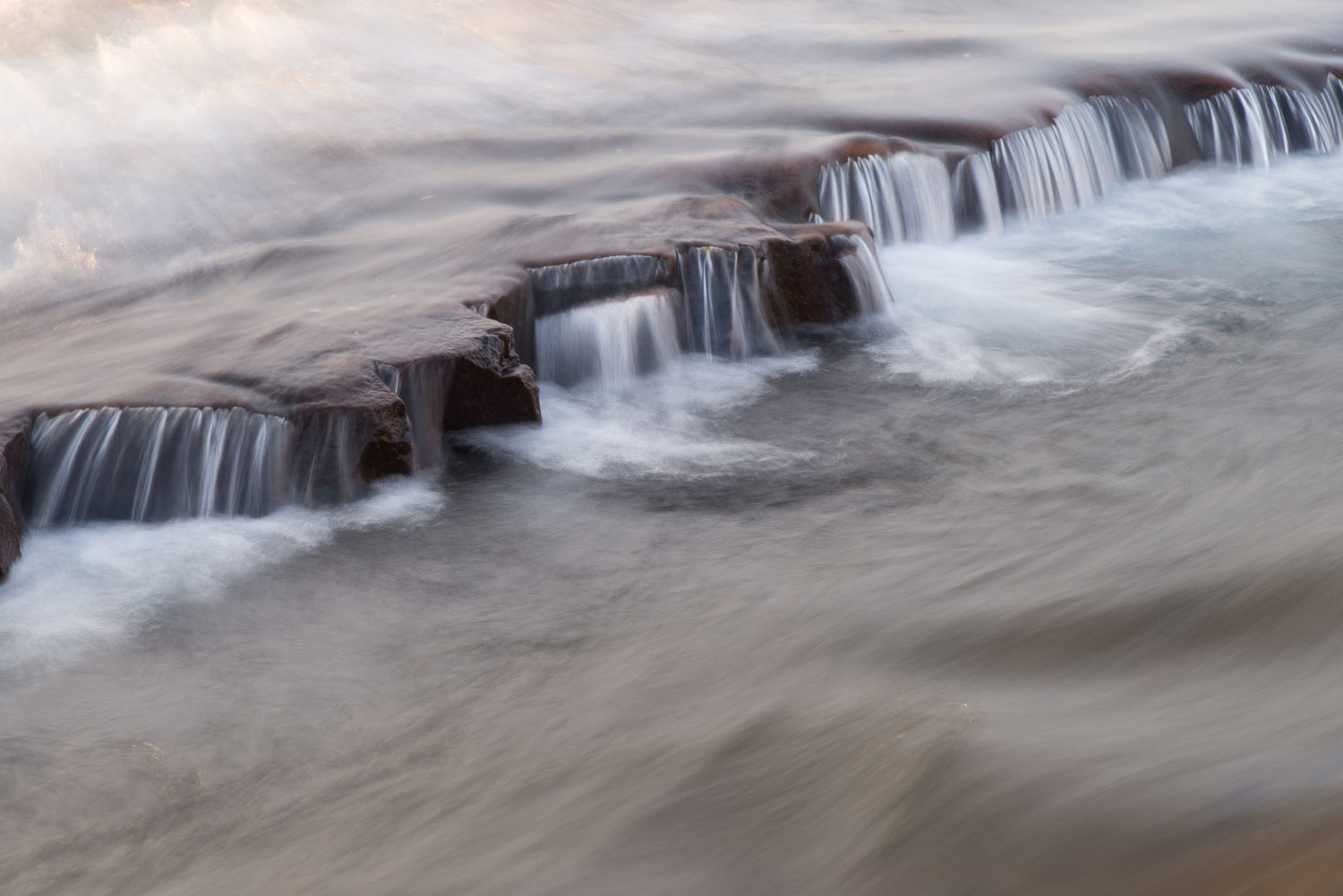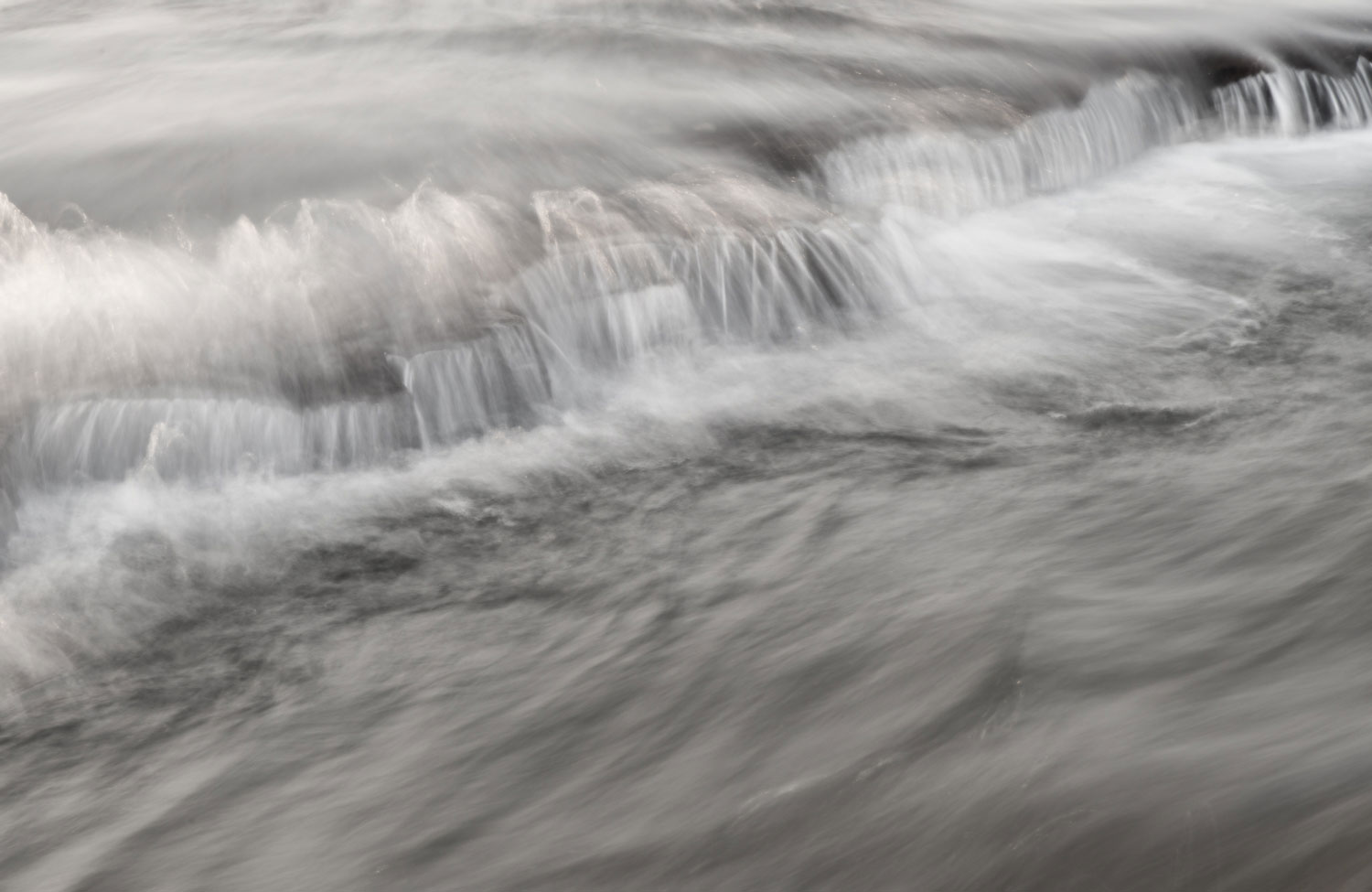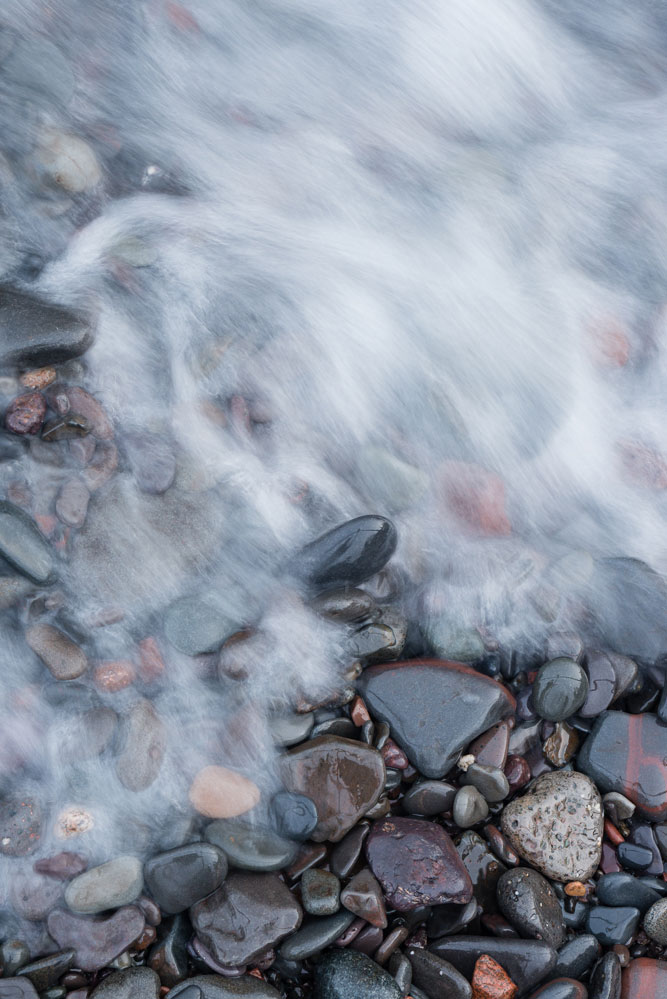Ingólfur Arnarson first stepped on Icelandic soil around 874, or so this is how the story goes. According to the Landnáma (The Icelandic Book of Settlements), Arnarson and his family were the first Norse people to settle the subarctic island, and claim Reykjavik to be their home. However, prior to reaching the infamous capital city to the west, Arnarson spent his inaugural winter in Ingólfshöfðil along the cape where he beached his seafaring vessel. Named for the nordic explorer who founded Iceland, Ingólfshöfðil is now a privately owned and managed nature preserve.
Two Steps up One Step Back
Nikon D810 + Nikon 16-35mm f/4VR
Isolated by kilometers of black sand and unpredictable rivers, the journey from Iceland’s loop road to the coast is how I’d imagine a trip across the Martian landscape. Hobbling along as if on the Mars rover, a tractor-pulled cart dragged us through sand and sea in search of gems that inhabit the cliffs. Rising 76 meters above the ocean, we climbed the steep and sandy terrain descending one foot for every three feet of progress.
Flight to the Colony / Atlantic Puffin
Nikon D500 + Nikon 200-400mm f/4.0VR
With the exception of its colorful lighthouse, the windswept plateau is void of human constructs and consists of grassy fields and jagged cliffs that drop off into the ocean. The main attraction of the cape is a colony of puffins nesting at cliff’s edge where they have access to nutrient rich waters. While seemingly idyllic to the peninsular’s inhabitants, the neighborhood is not without its dangers, for nesting within the grasses are predatory skuas. Here the drama of predator and prey can be witnessed as skuas rob puffin nests and even capture unsuspecting adult birds.
Skuas eat Lundi
Nikon D500 + Nikon 200-400mm f/4.0VR
©2000-2017 BTLeventhal.com / Bruce & Tamy Leventhal. All rights reserved. No image on this site may be used without permission.
